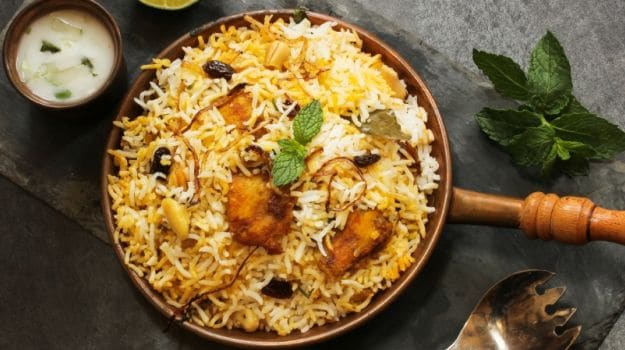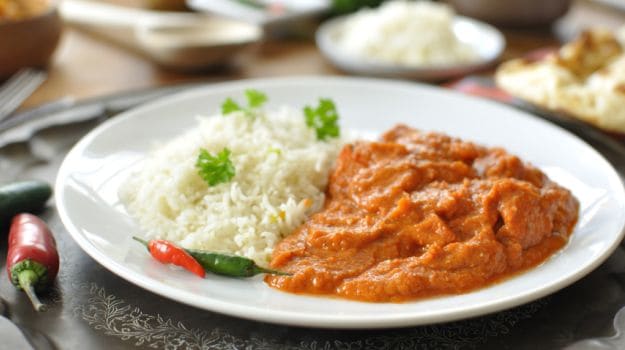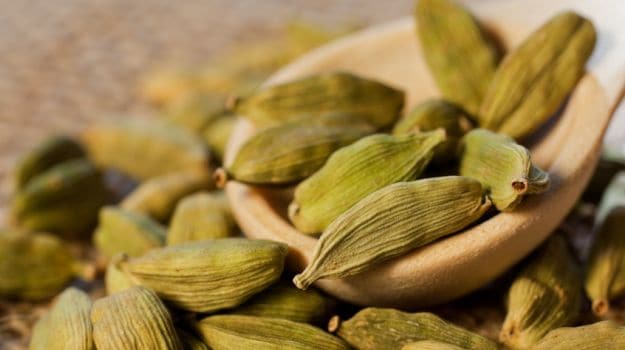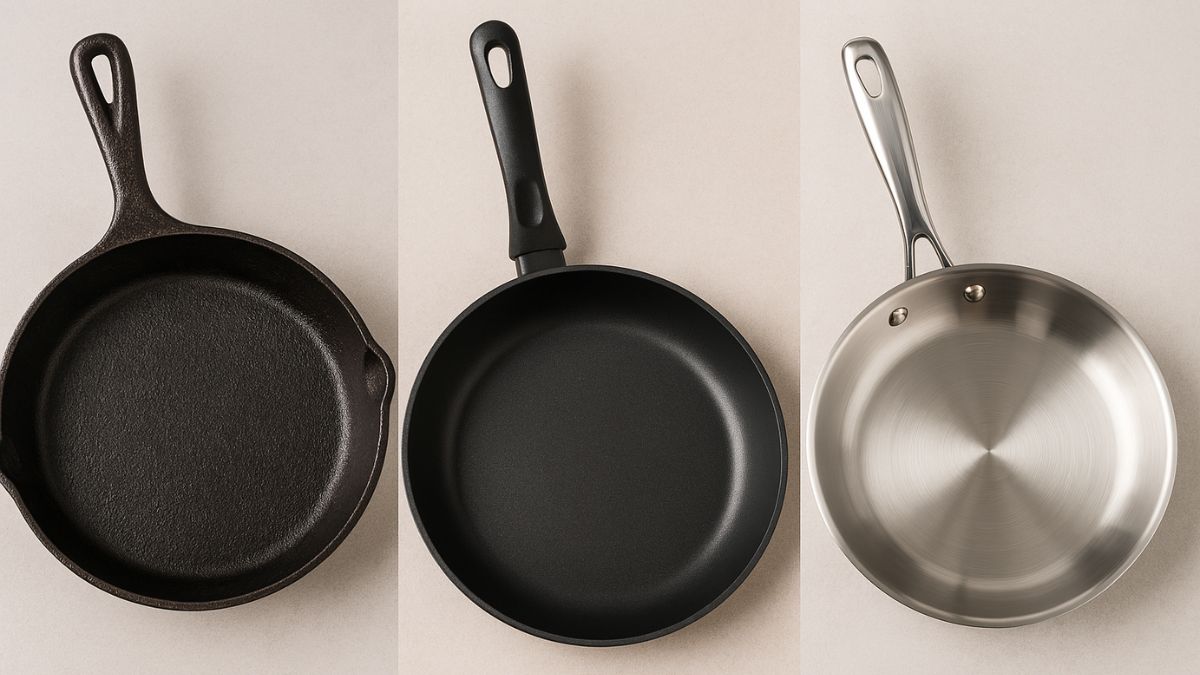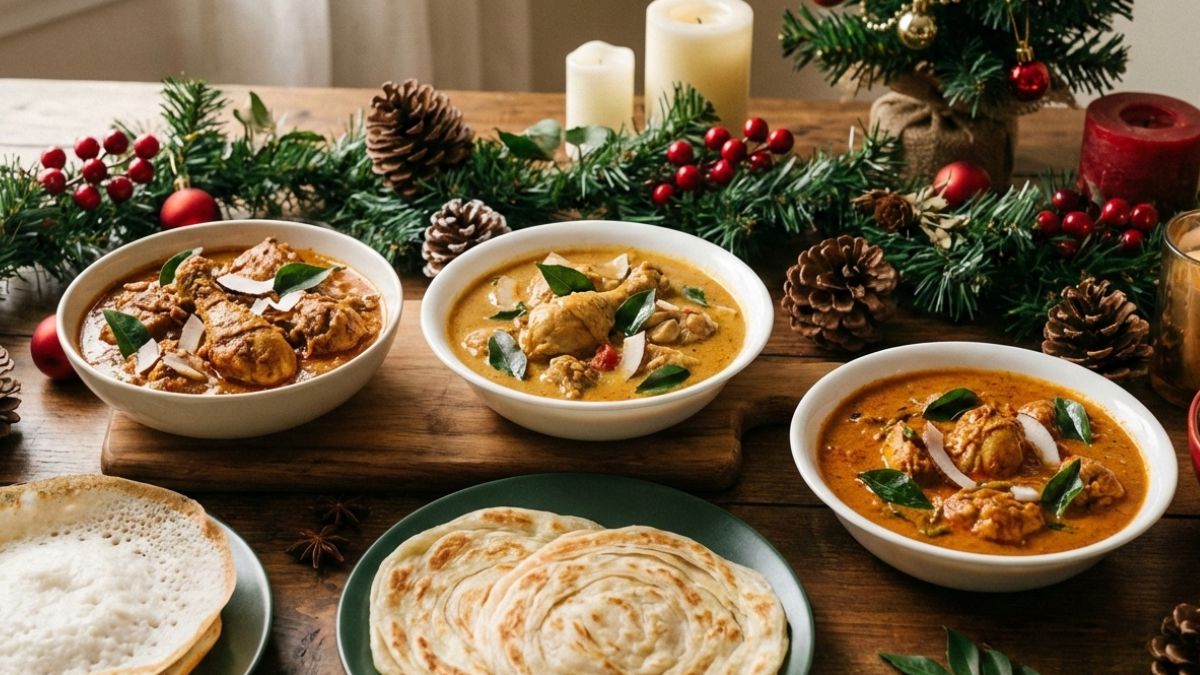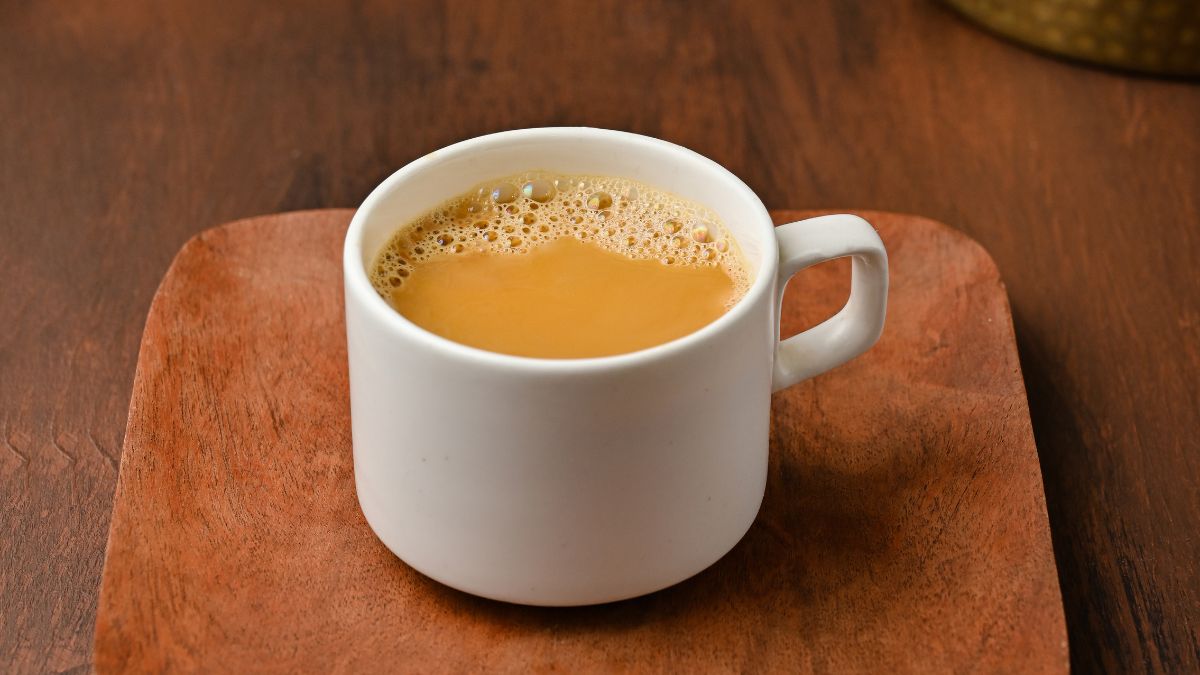Indian food history not only glosses over the foods of ancient India—what really did people eat in those earliest of times when spices were fewer and techniques more basic – but also what happened to our cuisines in the Colonial era.It is not just the “Anglo Indian” cuisine, as we loosely term it, or the food of the communities such as the
Goan-
Portuguese and so forth that needs to be looked at in the “Colonial context”. A mingling of religious influences facilitating different kinds of cooking traditions is just one aspect of that history. But it is not limited to that. What we eat today in many homes across the country is also a fallout of that time and culture when Colonial forces jostled with each other and with the tottering Mughal Empire and the final establishment of the Raj.Vegetables like
potatoes,
green peas,
tomatoes and chillies crept into Indian food traditions in these two hundred years or so. Eggs and chicken gradually became acceptable in both Hindu and Muslim homes (not to mention sliced bread), and baking became known in the kitchens. But there also crept into our repertoires a whole range of “party dishes” concocted by old Muslim
khansamas who found new employment in the homes of the British upper classes, the Brown Sahibs and in the clubs they patronised. Then, there was lavish entertaining undertaken by the new rulers of the various princely states.
Considerable thought and resources were expended on entertaining the British residents, and each other in shows of glory and pomp. If the largesse of the Mughal empire was responsible for the creation of so many of our
biryanis and
qormas, khansamas of the new aristocrats, landlords and minor royals were equally inventive and came up with refined or elaborate versions of older dishes.
Colonial Style of CookingThe
dum pukht style of cooking – not just the
Kolkata Biryani, but even vegetarian dishes like Aloo Dum (present in different forms in both UP and Bengal), egg curry (done differently in both UP and Bengal, the two big provinces of British might), “chops” (potato,
mochar… replicating the cutlets), “chaap” (ribs slow cooked with spices, depending on the region) and even various versions of slow-cooked lamb with whole spices that exist everywhere from old Delhi to
Bengal under different names but really are the same genre of dishes are a direct result of this culture of entertaining and being inspired by each other from the East and West.And then there are those other dishes that seem largely the inventions of the “memsahibs” or at least of cooks working in their kitchens with scant regard (and perhaps understanding) of various Indian traditions of spicing, so intrinsic to food in the Subcontinent. If you examine these “bastardised” dishes, the idea just seems a basic one: Vaguely replicate the “hot” and “spicy” flavours of India. A stereotype that fails to take into account the finesse with which spices have always been treated in the country.For instance, Jalfrezi is a dish that I have always been suspicious of. Perhaps because “frezi” has always suggested to me a homonym, “farebi”—fraud in Urdu. It is not entirely an erroneous mental image.
Jalfrezi, after all, is a made up dish. Very popular but not a real dish in Indian homes.
A tomatoey mix of baby corn and mushrooms and “English” vegetables, or meats, it is still a popular dish in Indian restaurants in the UK. A Colonial creation, it combines the Chinese method of stir frying with vague “Indian” bold flavours and vegetables that became fashionable only during the British period of our history. It may have originated, some accounts suggest, as a way of refreshing leftovers. But it is a dish that continues to perplex people really acquainted with local Indian cuisines. As does the use of “curry powder”. Though ready-made
garam masalanow exists in most Indian homes (and its composition differs from region to region), there have never been generic “curry”
masalas to be sprinkled on all “curry”. In fact, even curry as a term is a Colonial invention. Indian traditions have no “curry”— there are just different dishes with different spices used to flavour them, depending on the ingredients and method of cooking.This complexity always seems to confound even the most determined of Indophiles. At a dinner with a well-known Italian chef in
Bangalore, recently, for instance, I was surprised to hear him say, “But all curry is the same!”, assuring me that he loved “Indian” flavours and used them all the time in his Italian creations.
The Sprinkling of SpiceSpicing is an art in Indian cooking, many of us instinctively understand but find hard to explain to others. There are subtle combinations determined by ingredients and even seasons, in different regions. In UP, where I come from, for instance,
eggplant is always to be cooked with
kalaunji (onion seeds) and
amchoor (raw mango)—this predates the use of tomatoes and red chillies in pan-Indian cooking.
Cumin seeds/cumin powder is used only in vegetarian cooking primarily — along with
asafoetida, both of which are substitutes for onion. So a dry vegetarian dish (sans onions and garlic) may use
heeng and
zeera, but a gravy with onions certainly does not. Heavier spices are used for these and mainly as aromatics because onion and garlic “destroy” subtler spices.To put the generic curry powder in the Jalfrezi for aroma is not something an Indian home would do at all, even if they did make “mixed veggies” at home. You could use dry
coriander powder for some “body”, yellow pepper (
peeli mirch) for pungency, a pinch of turmeric that goes into all Hindu cooking, and some Muslim cooking, a souring spice like dry mango powder (though, of course, the tomatoey gooey-ness provides the astringency but also the overwhelming taste), and an aromatic like
cardamom powder.
But this is only a fictional
Jalfrezi. A far and far more sophisticated cry from the oily, “hot and tangy” flavours ("jhal" means hot in Bengali and “frezi” ostensibly means fried) dish that got concocted in the Colonial kitchen and then became that definitive “Indian” taste for the world.
About the Author:Anoothi Vishal is a columnist and writes on food for The Economic Times and NDTV Food, and runs the blog amoveablefeast.in. She tracks the business of restaurants and cuisine trends and also researches and writes on food history and the cultural links between cuisines. Anoothi's work with community-based cuisines led her to set up The Great Delhi Pop-Up three years ago, under which she promotes heritage, regional and community-based cuisines as well as researched and non-restaurantised food concepts. She has also been instrumental in reviving her own community's Kayastha cuisine, a blend of Indo-Islamic traditions, which she cooks with her family and has taken across India to a diverse audience.Disclaimer:The opinions expressed within this article are the personal opinions of the author. NDTV is not responsible for the accuracy, completeness, suitability, or validity of any information on this article. All information is provided on an as-is basis. The information, facts or opinions appearing in the article do not reflect the views of NDTV and NDTV does not assume any responsibility or liability for the same.